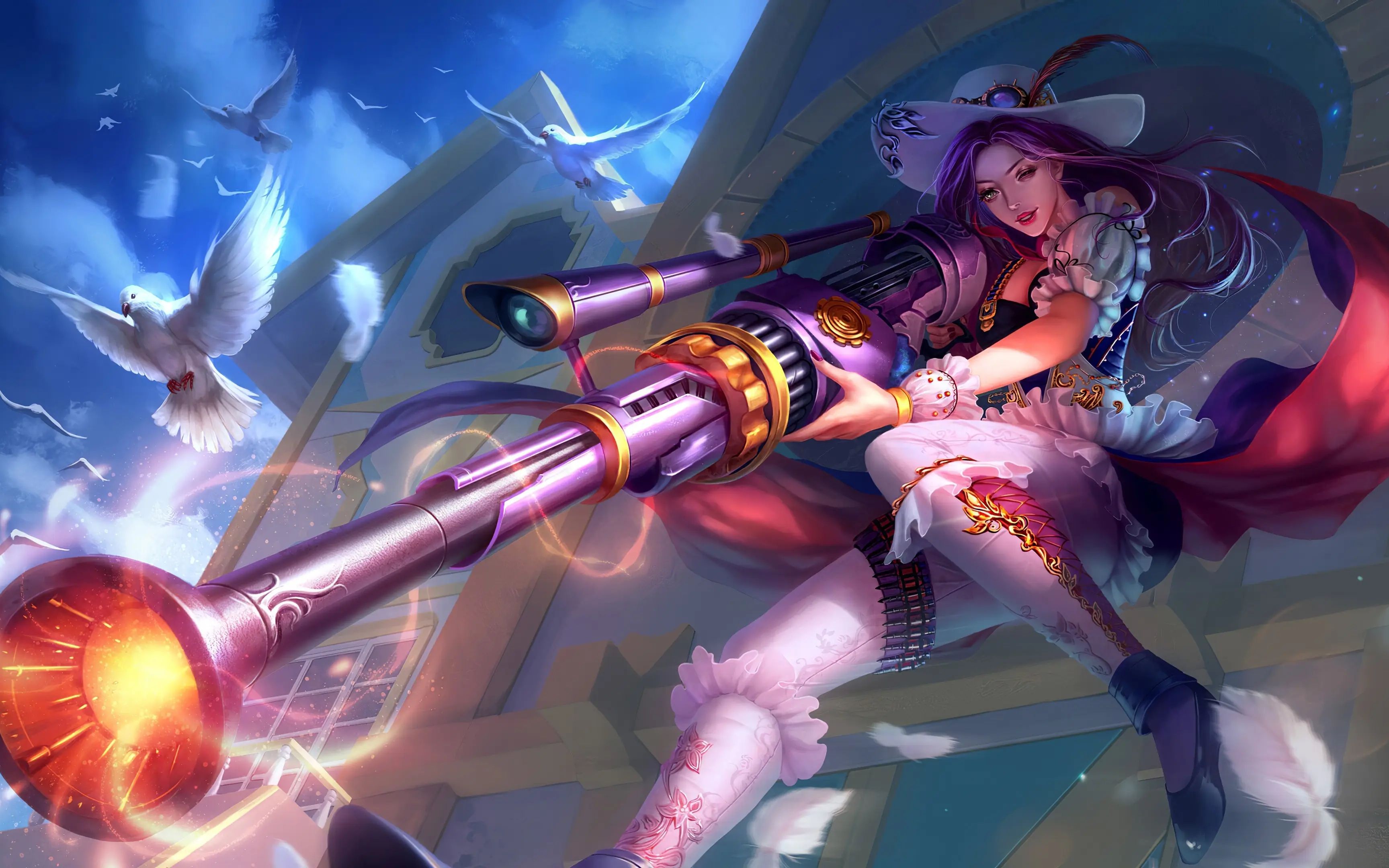Identifying Key Trends in Contemporary Deep Game News
The video game industry is in a state of perpetual, rapid evolution. Beyond the headlines of major releases and corporate acquisitions lies a deeper layer of innovation and discourse—often termed "deep game news." This stratum covers the underlying technological shifts, emergent design philosophies, socioeconomic models, and cultural conversations that truly shape the future of interactive entertainment. Identifying key trends within this space is crucial for developers, investors, and enthusiasts alike to understand where the medium is headed. This article delves into the most significant contemporary trends emerging from deep game news.
The Metaverse Recalibration: From Hype to Pragmatism
Following an initial period of intense hype and speculative investment, the concept of the metaverse is undergoing a significant recalibration. Deep game news is increasingly focused on pragmatic, interoperable foundations rather than grand, unified virtual worlds. The trend is moving away from a single "Metaverse" and towards interconnected experiences.
Key evidence of this is the growing emphasis on open standards and protocols. Projects focusing on decentralized identity (allowing users to carry a single avatar and credentials across platforms), digital asset ownership (via NFTs that are becoming more focused on utility than speculation), and cross-platform cloud infrastructure are gaining more traction than exclusive, walled-garden metaverse proposals. The news is less about flashy trailers and more about the behind-the-scenes tech that will allow, for instance, a cosmetic item earned in one game to be displayed in a completely different, unrelated virtual environment. This shift indicates a long-game approach, building the plumbing for a connected digital future rather than just the facade.

The Generative AI Inflection Point in Game Development
Perhaps the most dominant trend in deep tech game news is the integration of Generative Artificial Intelligence (AI). This goes far beyond chatbots; it represents a fundamental shift in content creation and interactive storytelling. The discourse has moved from "if" to "how" and "how ethically."
Trends indicate its application in several key areas:
- Procedural Content Generation on Steroids: AI is being used to create vast, nuanced, and coherent worlds. Instead of repetitive dungeons, AI can generate entire quest lines, unique environmental storytelling elements, and dynamic ecosystems that react to player actions.
- Revolutionizing NPC Interaction: Deep learning models are powering Non-Playable Characters (NPCs) with simulated memory, personality, and the ability to conduct unscripted, context-aware conversations. This promises to move quests away from simple fetch tasks and towards complex, emergent narratives driven by player relationships with these digital beings.
- Accelerating Development Workflows: From generating concept art and code snippets to creating placeholder audio and animations, AI tools are becoming integrated into developer toolkits (like Unity's Muse and Sentis) to drastically reduce iteration time and lower the barrier to entry for small studios.
The deep news conversation here is intensely dual-sided, balancing excitement over the potential for limitless creativity with serious ethical debates about data sourcing, job displacement in the industry, and the need for robust ethical guidelines.
The Resurgence of Immersive Sim and Systemic Gameplay
In reaction to the prevalence of linear, cinematic narrative games, deep game criticism and developer discourse are heralding a resurgence of immersive sims and systemic gameplay. This trend celebrates games that are not about following a predetermined path but about interacting with a complex set of rules to create unique, emergent stories.
News and analysis pieces are deeply examining titles like Baldur's Gate 3 and Zelda: Tears of the Kingdom, not just for their content, but for their underlying philosophy. The trend is towards player agency and environmental storytelling through mechanics. Success here is proving there is a massive market for complex, rules-driven games that trust players to be clever and creative. This has spurred a wave of investment and interest in studios dedicated to this design ethos, signaling a healthy diversification of major game design templates beyond the open-world checklist model.
Sustainability and Ethical Business Models
The conversation within game news has expanded from pure product analysis to critically examining the sustainability of development practices and business models. The trend is towards greater scrutiny and demand for change.
This is evident in several ways:
- The "Live-Service Reckoning": The market is becoming saturated with games-as-a-service (GaaS) titles. Deep analysis now questions the long-term viability of this model for all but the most mega-hit titles, leading to a trend of publishers becoming more selective and focusing on stronger post-launch content roadmaps for fewer, more supported titles.
- Rising Awareness of "Crunch Culture": Investigative journalism into the working conditions of developers is a permanent and vital part of deep game news. This has led to a trend of studios publicly championing better labor practices, unionization efforts gaining momentum, and consumers increasingly factoring ethical production into their purchasing decisions.
- The Premium Renaissance: As fatigue with aggressive monetization sets in, there is a notable trend celebrating well-crafted, complete premium games that offer a full experience without battle passes or microtransactions. Their commercial success is itself a major news story that challenges prevailing industry wisdom.
Accessibility as a Standard, Not a Feature
Finally, a profoundly important trend is the normalization of deep accessibility options. What was once a niche afterthought is now a central pillar of game design discussion and a key point of analysis in reviews and news coverage. The trend is for accessibility to be considered foundational to design, not a patch or a menu toggle added later.
News highlights advancements like extensive difficulty sliders, robust subtitle and captioning systems, innovative control remapping for players with motor disabilities, and features for colorblind players. This shift is driven by advocacy from within and outside the industry and is increasingly seen as a marker of a high-quality, polished product that welcomes all players.
In conclusion, deep game news reveals an industry at a complex crossroads. It is simultaneously embracing transformative technologies like AI, recalibrating ambitious concepts like the metaverse, returning to cherished design principles, and grappling with its own socioeconomic impact. By tracking these trends—pragmatic interoperability, generative AI, systemic design, ethical sustainability, and foundational accessibility—we gain a clearer, more nuanced picture of the exciting and challenging future of video games.


















